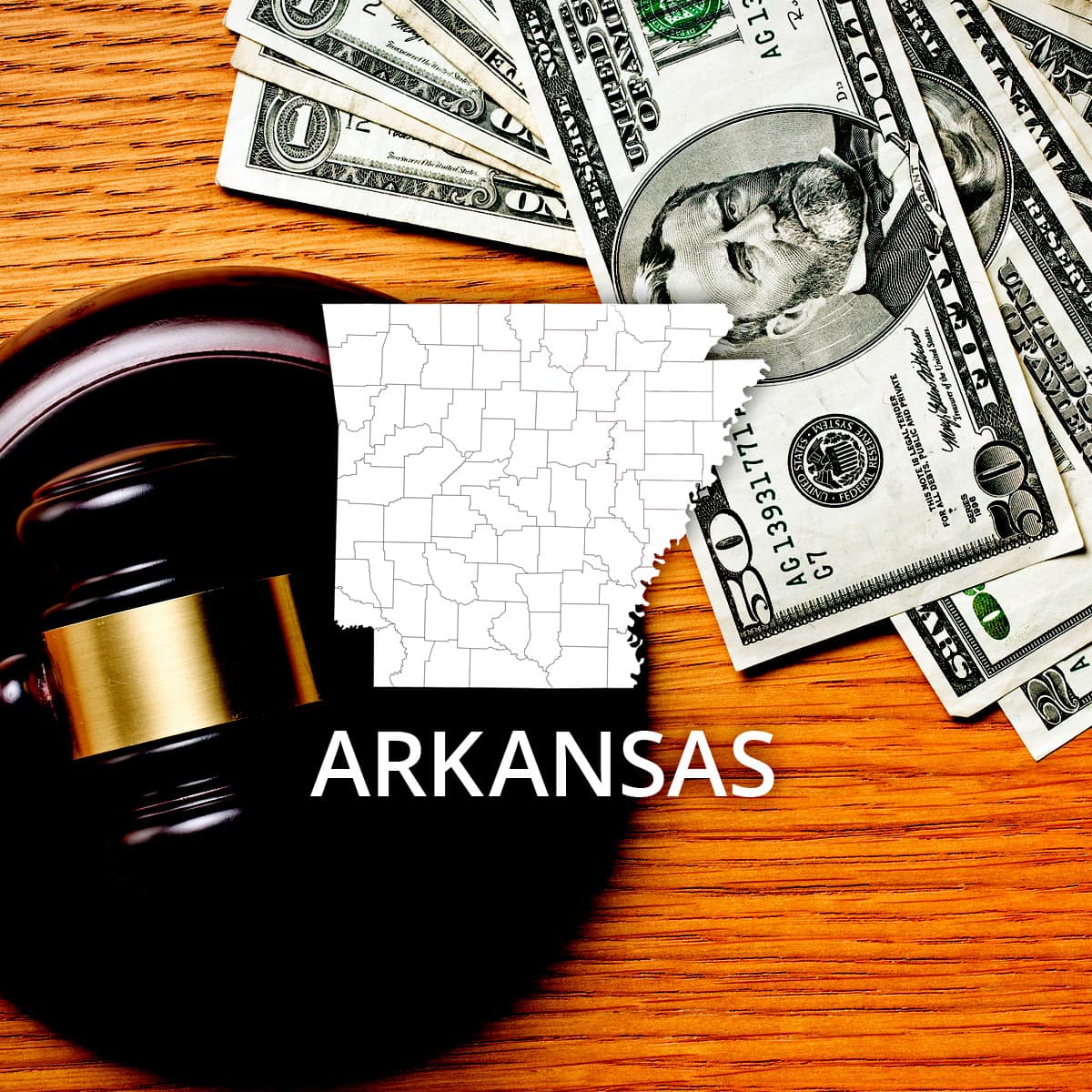 Multiple Bankruptcies: How Often You Can File One?
Multiple Bankruptcies: How Often You Can File One?
Table of Contents
 How to File Bankruptcy in Arkansas
How to File Bankruptcy in Arkansas
 Filing for bankruptcy in Arkansas is a legal process under the jurisdiction of federal law and upheld by one of the 94 district courts in The United States. There are several locations in Arkansas in which petitioners may file. The four types of bankruptcy available to Arkansas citizens and businesses are Chapter 7, Chapter 13, Chapter 11 and Chapter 12.
Filing for bankruptcy in Arkansas is a legal process under the jurisdiction of federal law and upheld by one of the 94 district courts in The United States. There are several locations in Arkansas in which petitioners may file. The four types of bankruptcy available to Arkansas citizens and businesses are Chapter 7, Chapter 13, Chapter 11 and Chapter 12.
 Chapter 7, Chapter 13, Chapter 11 & Chapter 12 Bankruptcy Arkansas
Chapter 7, Chapter 13, Chapter 11 & Chapter 12 Bankruptcy Arkansas
Chapter 7 Bankruptcy Arkansas
The first type of bankruptcy is Chapter 7. This is a liquidation of all assets, aside from those exempt by the state, to repay as much debt as possible through a court-appointed trustee. Non-dischargeable debts such as child support or back taxes will still remain the responsibility of the petitioner and cannot be wiped clean from his or her financial record. Unsecured debts like credit cards and medical bills can often be eliminated with Chapter 7.
Chapter 13 Bankruptcy Arkansas
For those who would like the option to keep as many assets as possible, and may not fall within the income guidelines for Chapter 7, Chapter 13 is another option. This is a restructuring of the debt an individual owes along with a plan to repay it in 3 to 5 years. Debts are also often reduced and a petitioner and his or her co-signers will no longer be allowed to be contacted by creditors. Chapter 13 also stops foreclosure on a petitioner's home as long as they are able to make the structured payments.
Chapter 11 & Chapter 12 Bankruptcy Arkansas
Chapter 11 bankruptcy also calls for restructuring of debt for a business. Businesses can file for Chapter 11 to reorganize and minimize the debt they owe to creditors by making payments over a 3 to 5 year period. This is an attractive option for businesses because it allows them to continue operating while repaying debt.
The specific type of bankruptcy for family farmers and fishermen is called Chapter 12. It allows debts to be repaid over a period of time while protecting their businesses and necessary equipment.
Official bankruptcy forms for the U.S. Bankruptcy Courts are available at https://www.uscourts.gov/forms/bankruptcy-forms or RecordsFinder.com Court Forms Section.
 Steps to Filing Bankruptcy in Arkansas
Steps to Filing Bankruptcy in Arkansas
Multiple steps are required to complete bankruptcy, beginning with the pre-filing counseling within six months before petitioning the court. It is also required to complete financial management education before the case is released.
Furthermore, in the case of Chapter 7 bankruptcy, a debtor must be determined by a Means Test outlined in the 2005 Bankruptcy Act to have a lower income than the median income of his or her state. After this determination the process of collection documentation begins.
An individual or married couple who do not qualify for Chapter 7 because of their income may choose to still file Chapter 13 bankruptcy to eliminate some of their debt and reorganize the remainder. In either case, the same paperwork is necessary. A petitioner must provide an itemized list of income sources, all major financial transactions over the last 2 years, living expenses, all secured and unsecured debts, tax returns for at least 2 years, a list of all assets and possessions, loan documents, and vehicle titles. An individual filing for Chapter 13 must submit a debt repayment plan as well. It is also imperative at this time for a petitioner to familiarize themselves with the exemptions allowed in Arkansas.
Also, a debtor will determine whether or not to file with an attorney or on their own. The debtor or legal advisor will complete the necessary forms, collectively known as "the schedule" for the bankruptcy hearing. Currently, the cost for filing for bankruptcy is $306 for Chapter 7 and $281 for Chapter 13. The filing fee can be waived for Chapter 7 bankruptcy, or a payment plan may be requested.
 Arkansas Bankruptcy Court Locations
Arkansas Bankruptcy Court Locations
Arkansas has an Eastern and Western District composing their federal court system. The Arkansas Eastern District U.S. Bankruptcy Court has locations in Batesville, Helena, Jonesboro, Little Rock, and Pine Bluff. Counties in the jurisdiction of the Arkansas Western District U.S. Bankruptcy Court may file at the El Dorado, Fayetteville, Fort Smith, Harrison, Hot Springs, Little Rock or Texarkana locations.




